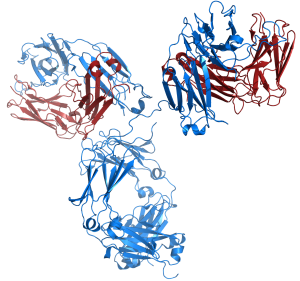
Photo Credit: James Gathany, CDC
Scientists have developed a universal vaccine that could prove successful in battling the many different types of malaria.
Until now most efforts to design a vaccine against the malaria parasite Plasmodium have been fruitless. This mosquito transmitted parasite still claims 781,000 lives each year, especially amongst children and pregnant women. The situation for half the world’s population, living in regions with malaria, is becoming worse due to emerging resistances to the available drugs. The hurdle that scientists have tried to overcome for years is that the parasite comes in many different types. Each of them looks slightly different to the immune system which makes it very difficult to find one vaccine against all strains.
A research team from the University of Edinburgh set themselves the task to make such a vaccine to protect from all known malaria strains. Their approach was to collect different types of a vital protein which is found in all parasite strains. This protein causes the production of antibodies in the human body which then protect the person from the strain they were infected with. The scientists combined the slightly different shapes of the protein from different strains into one artificial protein, producing antibodies against all types of malaria when injected as a vaccine. Until now it showed to be effective in animal trials but the researcher hope to start a clinical trial in the near future.
Dr. David Cavanagh the head of the study said, ‘our approach is novel because it combines multiple targets from different types, giving broader protection. This could prove to be a useful vaccine.’
The most recent success story, which was in the headlines a couple of weeks ago, was a vaccine developed by GlaxoSmithKline, protecting children in a clinical trial. However this vaccine uses only one target protein. Therefore this new approach by the group around Dr. Cavanagh might have the advantages of higher effectiveness in protecting against all the types of the parasite. It is hoped this vaccine will especially help children and pregnant women who are most prone to the disease.
The original paper appeared in PloS and was supported by the European Commission.
18.11.2011 EUSCI







